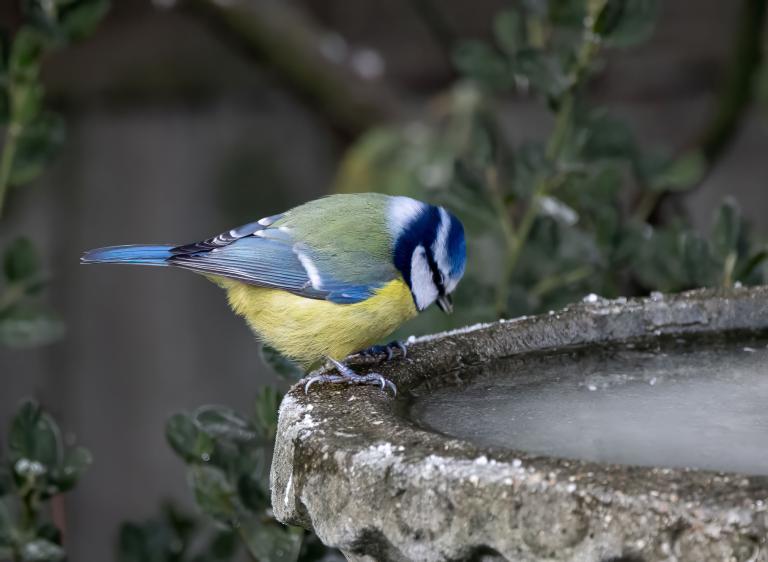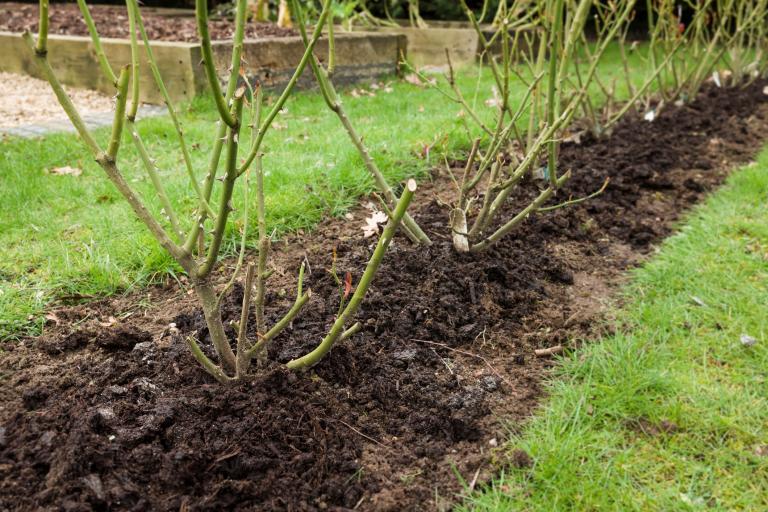Blue Diamond
Things to do this month - January

- Walk your garden to see which plants are in flower - there are often some surprises!
- Insulate outdoor containers from frost - bubblewrap works well.
- Raise containers onto pot feet to prevent waterlogging if you haven’t already done it.
- Avoid walking on frosty or snow-covered lawns, as this can damage the grass.
- Keep bird feeders topped up and defrost bird baths
- Use a garden shredder to turn the branches of your Christmas tree into garden mulch, and chop up the trunk to make a log pile for wildlife.
- Clean your garden tools and get them serviced if they need it.
- Check any stored vegetables and summer bulbs (for example dahlias) and discard any that are mouldy or starting to rot.
- Keep an eye on your indoor plants, as central heating can often make the atmosphere too dry for them. Mist plants regularly or stand pots on a tray filled with pebbles and topped up with water.
- Brush snow off the roofs of greenhouses and conservatories so that plants can get all the available light.

- Plant bare root shrubs and roses.
- If you haven’t pruned your climbing roses yet, do it now, cutting back last year’s flowered side shoots by a third of their length.
- Keep feeding wild birds with high-energy bird foods to keep up their strength through the winter.
- Make sure wild birds have access to unfrozen water to drink and bathe in.
- You can still move deciduous small trees, shrubs and climbers growing in the wrong place.
- Clean old pots and seed trays, so that they’re ready for seed sowing in spring.
- Melt an area of ice on frozen ponds to allow fish to breathe.
- Check your mower blade and either replace it with a new one or have it sharpened.
- On mild days, treat fences and other wooden structures with a wood preservative.
- Use a weed-control membrane when planting up new beds to help keep them weed free.
